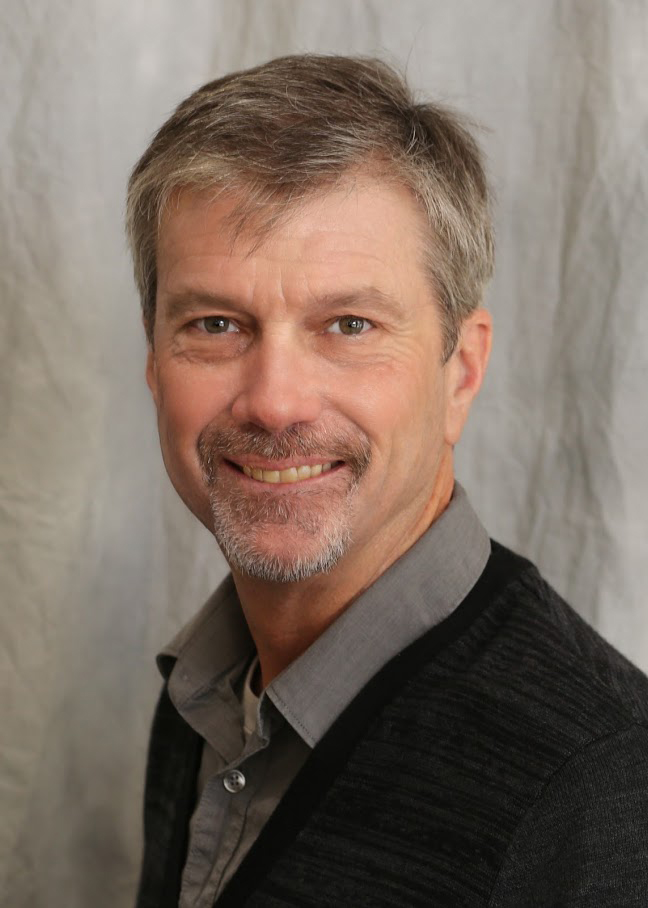Biomass is anything that has ever grown or anything organic from animals to plants, and everything in between. Darren McAvoy, assistant professor at Utah State University Moab Extension, is a forester by trade and the chair and co-founder of the Utah Biomass Resources Group. We talk with him about biomass and the product biochar, and how he is working to reduce hazardous fuels in the forest and educate people about the advantages of biochar.
Science Moab: What is ‘biomass’ in a nutshell?
McAvoy: Biomass is anything that has ever grown, from animals to plants and everything in between. The sun shines and creates these beautiful forests and landscapes through the process of photosynthesis. Something is eventually going to happen: the material is either going to burn or rot, or be collected or eaten by animals and humans. Our idea is to collect the unused portion of the organic material and to try to make a product out of it.
Science Moab: What is the collection process like?
McAvoy: Our main goal is reducing hazardous fuels, which is a forestry term for excess woody debris that exists in the woods. In Utah, it often can be in the form of juniper that has expanded over the last 100 years, conifer debris, or the leftovers from logging. Only about a third of harvested timber makes it to the sawmill. Conifer is logged or harvested by whole tree harvesting, where they cut down the tree and drag it to a central processing facility. That’s where all this excess material tends to stack up. [On the other hand,] juniper is most often just chipped up and then spread out in the woods. We also do a lot of work with invasive species, in particular tamarisk and Russian olive. They tend to grow along the river bottoms in Utah and have a significant impact on the ecology of those river bottoms. There are many efforts going on around the state by the federal and state governments to remove that invasive material.
Science Moab: Can you explain the process of producing biochar?
McAvoy: The biomass group started off in 2009 using a gasifier, a device that we put wood into that cooks the wood at super high temperatures, like 800 degrees Celsius, in the absence of oxygen, and that turns all of that material into a gas. We run that gas through a generator, and we make enough power for about two homes. But a farmer couldn’t just put a barrel of wood on it and walk away for eight hours and let the woodchips do their work. So that made it highly impractical.
The evolution led from that gasifier to a very sophisticated pyrolysis machine that cooks the wood at slightly lower temperatures and turns it into different products. About a quarter of the material turns into biochar, which is essentially charcoal intended as a soil amendment. But that machine was expensive to operate.
I went to a biochar conference in Oregon and I got exposed to these small Oregon Kilns which process raw logs, not chipped material, so we don’t have a lot of cost and energy in processing it. As the log burns down, it forms this cap of flames that consumes most of the combustibles as they rise up through the column, resulting in a cleaner and safer burn than open pile burning, which is the standard business practice in forestry when we have excess. All that material is going up in carbon dioxide and other greenhouse gases when you do that. When we make biochar, we preserve about a third of the carbon in that material. Over the course of the morning, you keep adding as the fire allows, and maybe by lunchtime, you’ll have a kiln full of biochar.
Science Moab: What challenges are you dealing with currently?
McAvoy: The transportation of the kiln: the big box kilns are 2,000 pounds, so even though you can drag it up on a trailer and haul it with a typical pickup, that’s still a lot. Tires would melt during the burning process, so we can’t just put wheels on them. Recently, I saw a portable sauna that is being advertised for rent. It’s got these wheels that raise up and down when they’re not needed. I’m hoping to learn more about that technology, and maybe import it here to see if we can make our kilns more transportable.
Another route of investigation I’d like to go down is measuring the air quality impacts from these kilns and to do a direct comparison to open pile burning. I’d like to convince state organizations who oversee smoke management to allow us more leeway when we’re using the kilns than with open pile burning, because they are so much cleaner, but I need a fair bit of money to develop that data to do that research.
Science Moab is a nonprofit dedicated to engaging community members and visitors with the science happening in Southeast Utah and the Colorado Plateau. To learn more and listen to the rest of this interview, visit www.sciencemoab.org/radio.




